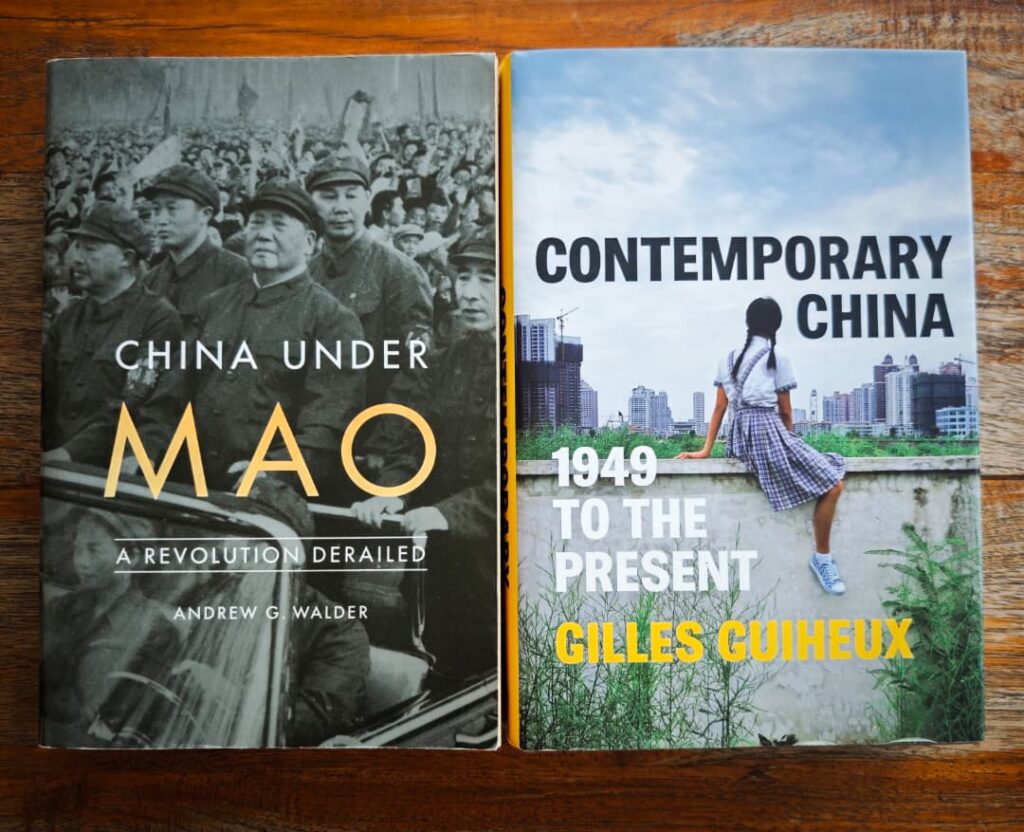
On 2 Sep 1945, Japan formally surrendered. China designated 3 Sep 1945 as “Victory Day” to commemorate its victory over Japan.
This year, on 3 September 2025, China marked 80 years since its victory over Japan. Many commentators have said China has progressed at a breakneck speed to become the 2nd largest economy in the world.
How China achieved this progress has been the subject of many studies.
Let me make a few points. 1945 or 1949 is the wrong marker. China only took off in 1979 when Deng took control.
From 1949 to 1976, Mao was in control. His failures to develop China are the subject of an excellent book, China under Mao: A Revolution Derailed (2015).
Mao failed, as his continuous political reforms—to preserve and reinvent the revolution—disrupted China’s modernisation.
From the time of the dying days of the Qing, it was the ambition of the Guang Xu emperor, all reformers like Lu Xun, Liang Qi Chao, and Kang You Wei, and revolutionaries of the 20th century to ensure that China modernise.
But the Manchu dynasty was weakened by the Taiping rebellion and the demands of foreign powers. The Republic of 1911 was too weak. Chiang Kai-shek was too preoccupied with fighting the Communists and the Japanese aggression.
So when WW2 ended with the Japanese surrender and the departure of foreign powers from China’s soil, Mao was given a clean slate. He had the support of all—the overseas Chinese and even the non-communists—who all aspired to rebuild a country that had been finally reunified.
Contemporary China by Gilles Guiheux (2018) examines how China, after Mao, was able to transform the economy and society. He posits China has experienced and will experience the same issues that have concerned every other society when China modernise.
LWH, 3 Sep 2025
